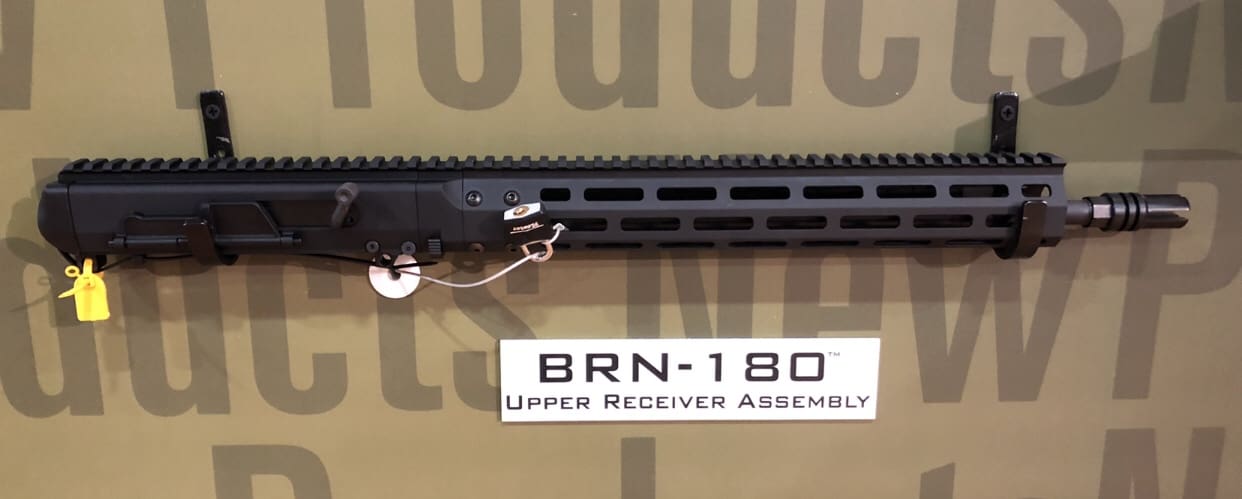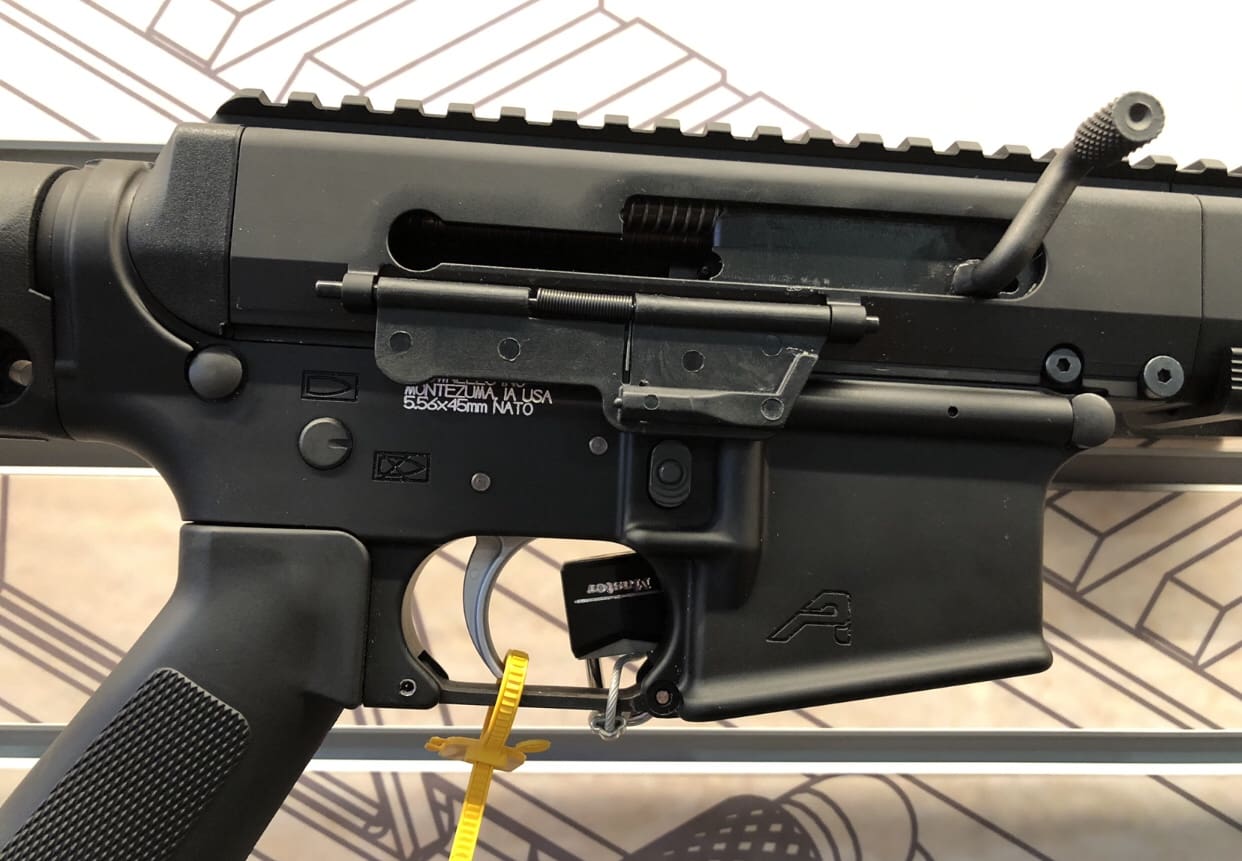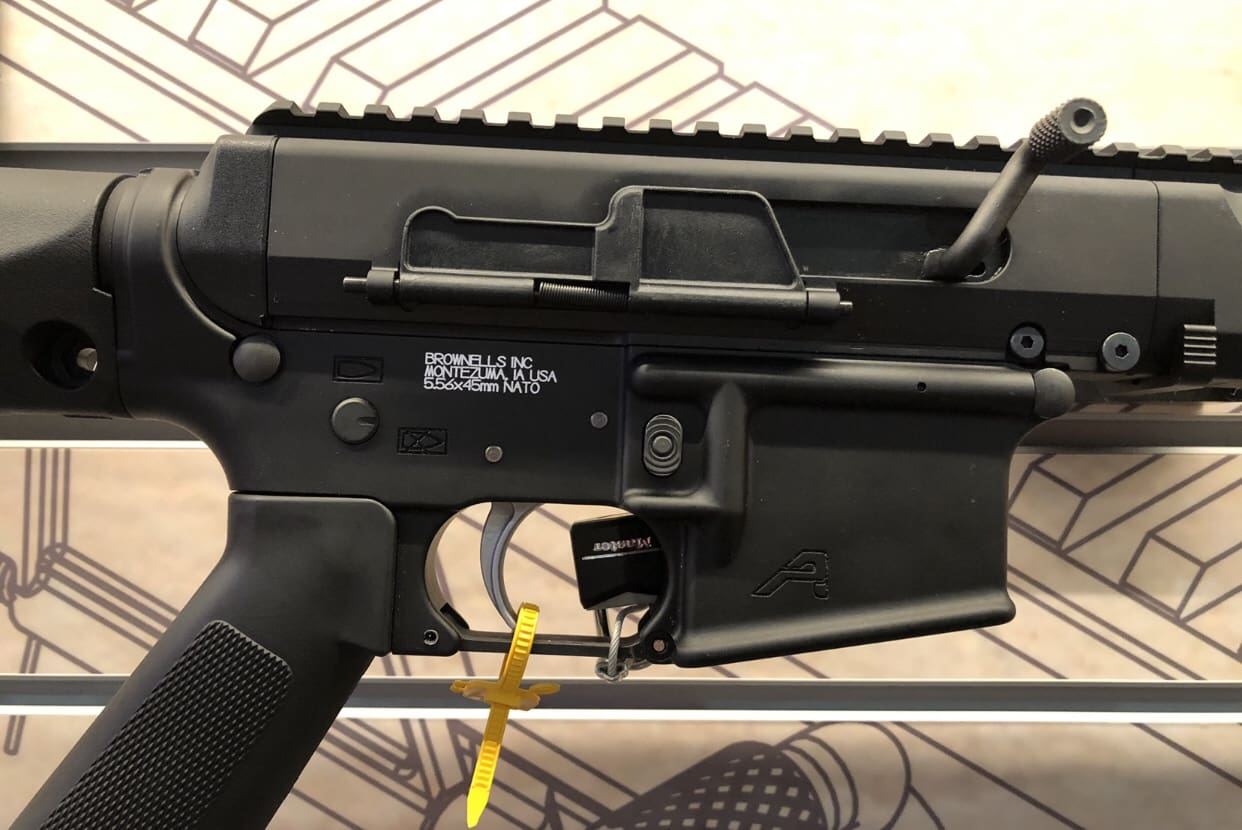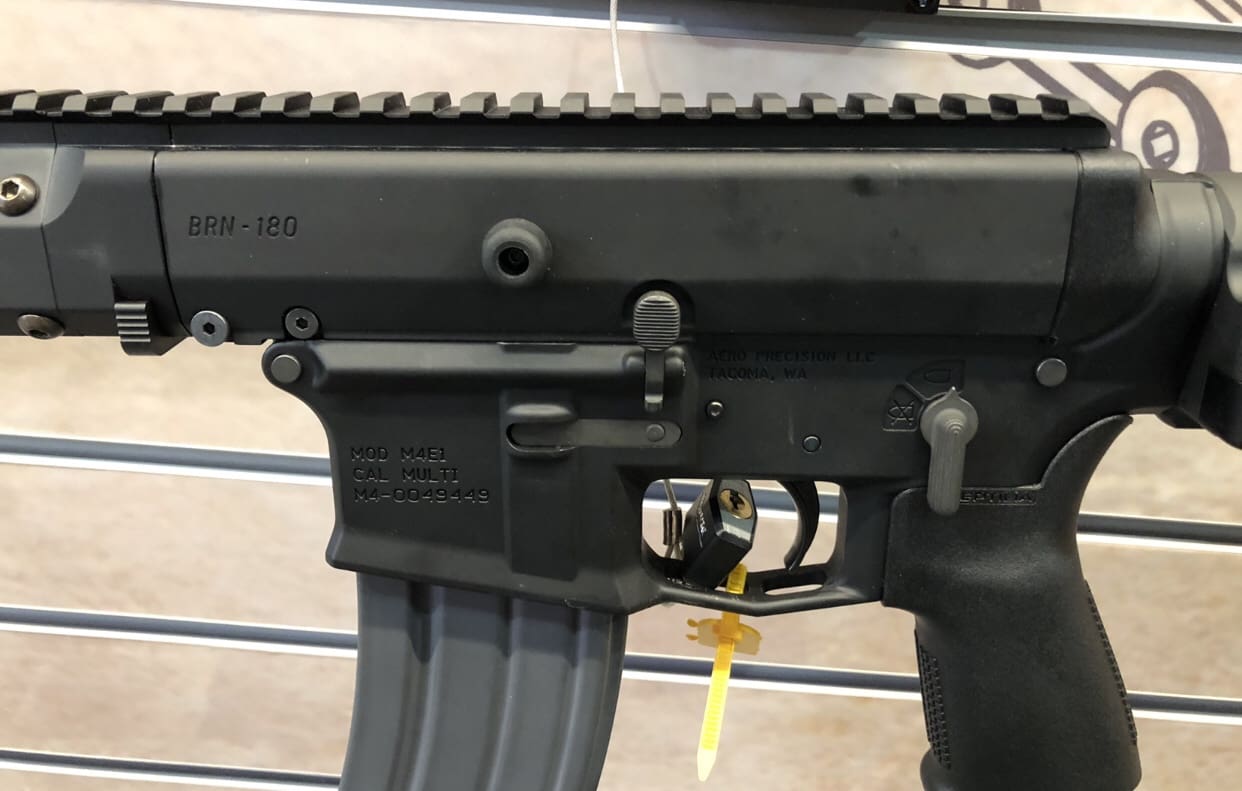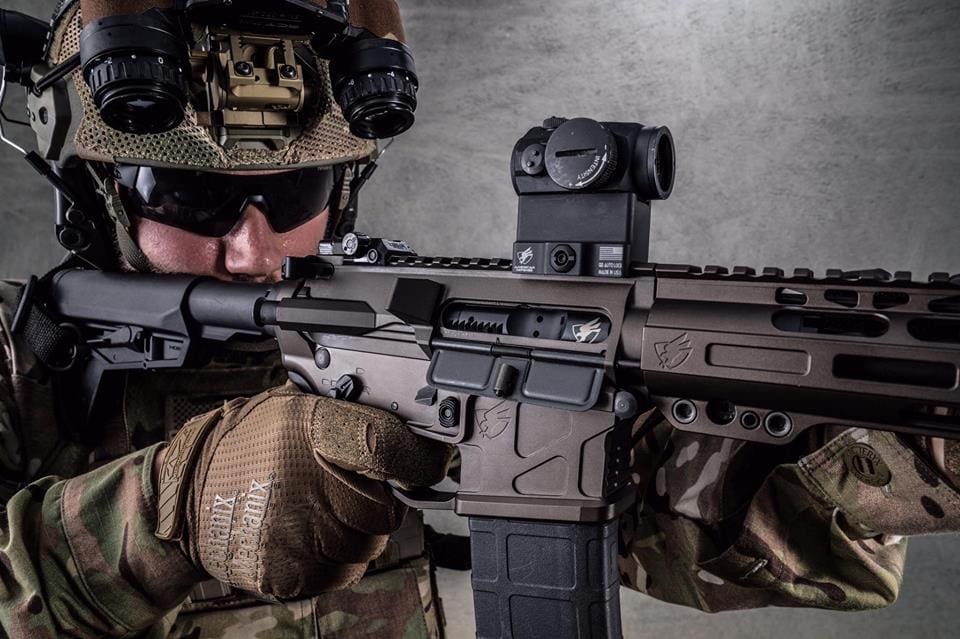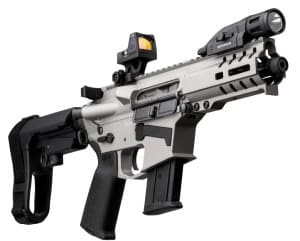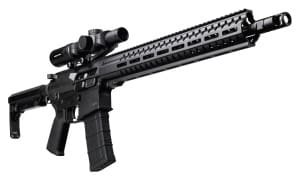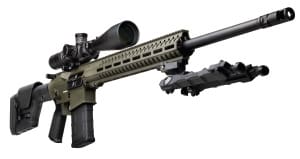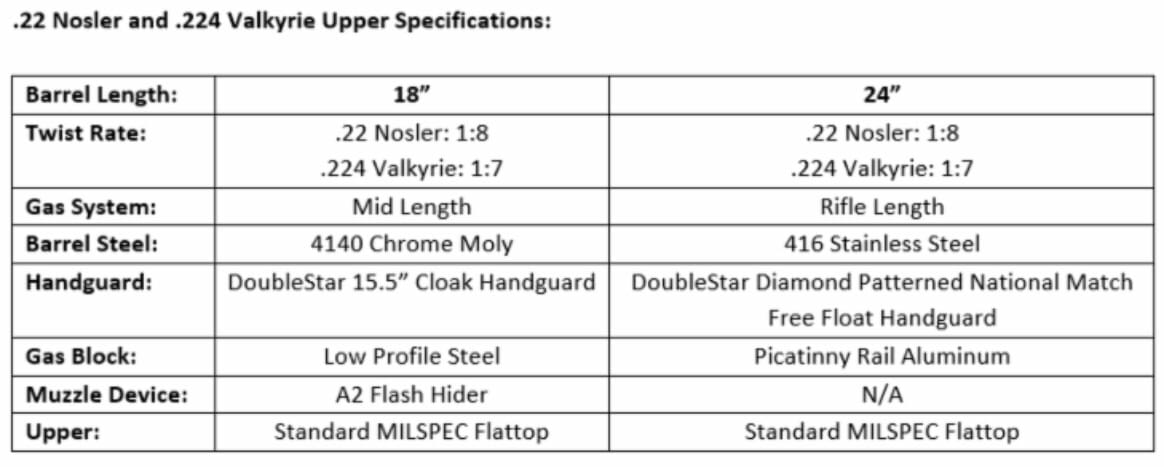Lantac’s new range of .223/5.56 & 300 Blackout rifles & pistols are based on our LA-SF15™ receiver sets that are precision machined from 7075-T6 forgings.
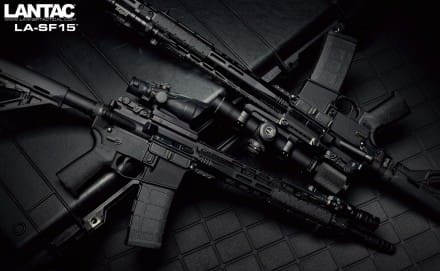
The USR™ (Upper Standard Receiver) has a deliberately undersized barrel extension bore so that barrel fit is as tight as possible and the cam pin recess has been improved with a radius cut on its edge that helps reduce cam pin wear in that area.
The LA-SF15™ lower receiver is again machined from 7075-T6 forgings and features an internally Flared Magwell to assist in easer reloading and insertion of the magazine. The rear takedown hole has a spot face machined into it to make accessing the pin easier too.
Both receivers are Type3 Class2 Hardcoat Anodised to MIL-A-3625.
Each rifle comes complete with our E-BCG® Enhanced Bolt & Carrier, manufactured from case hardened 8620 steel. The Bolt is machined form Carpenter 158 and is MPI tested, parts are then QPQ Nitrided to finish. The patented E-BCG® features our CP-R360™ domed head cam pin (also patented) that reduces friction and wear within the upper.
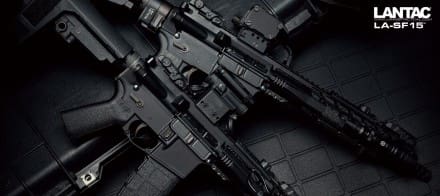
The gas system on each rifle features our Nitrided stainless gas tubes and Swiss Lathe machined gas blocks. The 300 Blackout rifles all feature pistol length gas systems for reliability and the .223/5.56 rifles vary in length with an Intermediate gas length on the 14.5’’ PATROL rifle that offers extremely soft shooting.
Barrels are manufactured from 416R Stainless Steel and have a 1:7 Twist on the .223/5.56 and a 1:8 on the 300 Blackout. The .223/5.56 are chambered 223 Wylde. All barrels feature 11° crowns with ½-28TPI on the .223/5.56 and 5/8-24 on the 300 Blackout.
Each rifle ships with a DGN556B™ Dragon® Muzzle Brake for ultimate control and this system can be upgraded to mount Gemtech or SilencerCo Suppressors as well as the new BMD2 Blast Mitigation Device that is coming soon.
The supplied Handguards are the new SPADA®-ML light, in varying lengths to suit each barrel, they feature M-Lok slots along their lengths at the 3,6 & 9 o’clock positions.
The rifles feature Ambi Safety selectors, high quality small parts and QMS Triggers from ALG.
Furniture comes in the form of Magpul MOE Grips, Moe Stock, CTR Stock, MOE Fixed A2 or the SB Tactical SBA3 Brace depending on the model. There is also a Law Tactical Folding option for all rifles & pistols other than the DMR.
All rifles & pistols ship with a 30Rnd Magpul PMag and MBUS Backup Sights.

Available models are:
PDP (Personal Defense Pistol), 7.5’’ Barrel, 6.75’’ Handguard, Pistol Gas on all calibers.
UTP (Urban Tactical Pistol), 10.5’’ Barrel, 10.5’’ Handguard, Carbine Gas (.223/5.56) Pistol Gas (300BLK).
PATROL, (Pin & Weld Muzzle Device), 14.5’’ Barrel, 12.5’’ Handguard, Intermediate Gas (.223/5.56) Pistol Gas (300BLK).
RECON, 16’’ Barrel, 15’’ Handguard, Intermediate Gas (.223/5.56) Pistol Gas (300BLK).
DMR, 18’’ Barrel, 15’’ Handguard, Rifle Gas.
More information can be found at www.lantac-usa.com
Customers can get a 35% discount of these rifles and anything else in our online store starting today Wednesday 21st Nov 2018 through to Wednesday 28th Nov 2018.
Happy Thanksgiving everyone!!!
